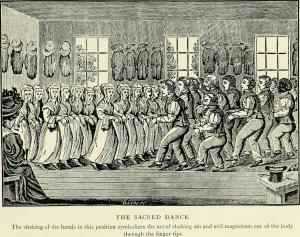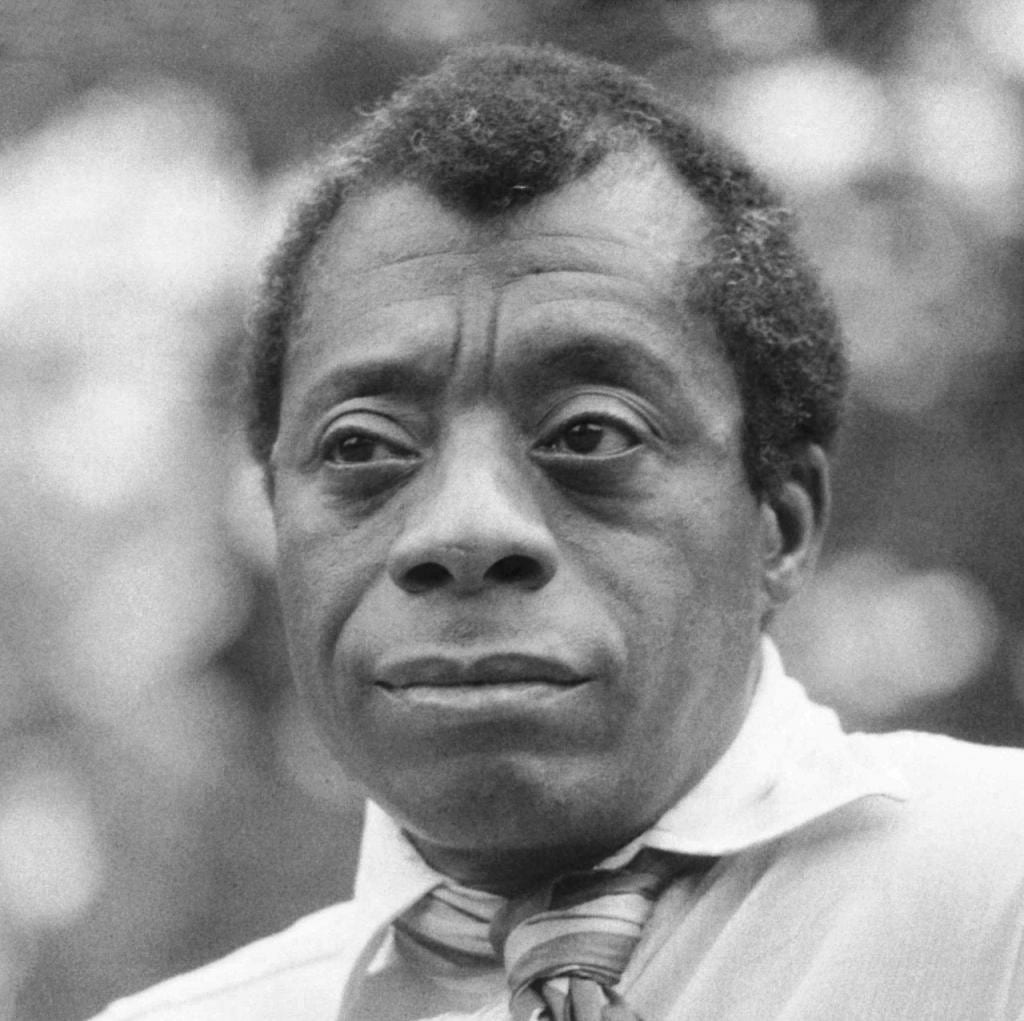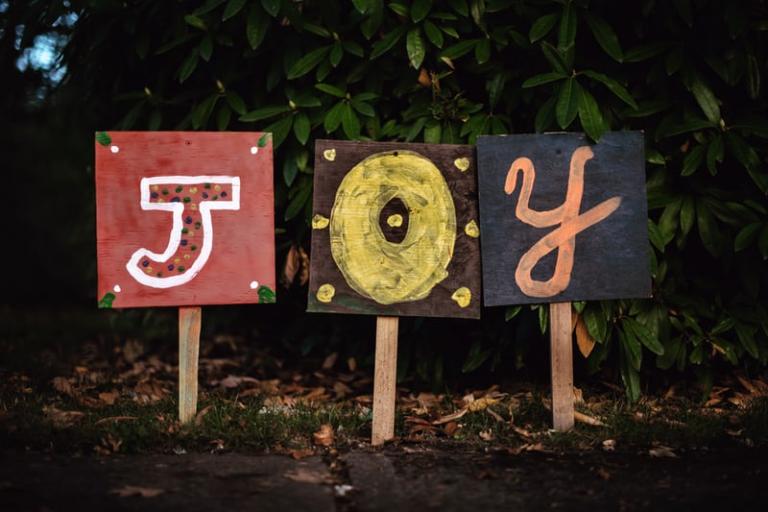The Shakers planted some of their most vital outposts of utopia near where I live, in little towns such as New Lebanon, NY and Hancock, MA. I’ve taken inspiration from them–which is perhaps odd for a Congregationalist pastor, but feels both geographically and spiritually attuned. Their spirituality distinctly branches off from Protestantism, while at the same time locates itself in the long stream of mystical spirituality throughout Christian faith. The Shakers prioritize direct experience of God, and often over-against dogma and religious institutions. They are not often included in conversations about the mystics, but they are perhaps one of America’s greatest, and surely most interesting, historical contribution to the larger mystical cloud of witnesses.
Here’s one key theological reason why: for the Shakers, Christ is not just coming in the future. Christ has come already today. Their entire communal existence, including ecstatic, proto-Pentecostal worship, is shaped by this belief. Not to mention the fact that they’re named, more clunkily, the United Society of Believers in Christ’s Second Appearing.
The tale starts with “Mother” Ann Lee. She is born in 1736 in Manchester, England, in poverty. Her father is a blacksmith, she is one of eight children, and she is apparently illiterate. In the 1750s she becomes involved with a renegade Quaker group called the Wardley Shakers. They are called Shakers, or Shaking Quakers, because they are so full of the Spirit in their meetings that they shake, speak in strange languages, see visions, and dance.

By 1770, Ann Lee is joining with other Wardley Shakers in her small town proclaiming the imminent arrival of Jesus. She is so fired up that she and compatriots disturb the peace, in the local church, no less, and are imprisoned for it. But then while she’s in a jail cell, so the story goes, she has an experience of Christ’s presence. She sees herself being completely spiritually renewed, born again into a new life. The experience is so transformational for her that she sees it as nothing less than the Second Coming or Appearing of Christ.
Then, when Ann Lee starts speaking about her experience to other people, it turns out that they, too, begin to have this experience of the heavens opening. Of their hearts turning to Christ’s arriving presence within and through them. They call Ann “Mother” because it is through her that they are born into this culminating experience of history.
My congregational church in Williamstown, MA, held a service in Fall 2018 taking inspiration from the Shakers. We danced a Shaker dance and sang the below Shaker song, among others. The historical encounter between my earnest but overbearing denominational forebears with these renegade mystics feels important and vital.
Not surprisingly, the establishment gatekeepers of Congregationalism adamantly opposed this new, mystical sect planting roots just across the state line from me in New Lebanon, NY. Congregationalists called Mother Ann a witch, a harlot, and heretic. What’s more is that they were scandalized by the Shaker practice of celibacy, gender equality, and pacifism. Congregationalists said Shakers are threatening the very foundation of society. And in a way, the Congregationalists were right: the Shakers were threatening the established societal order by their very existence. Their communal order of life pointed to a different way of ordering relationships, one that called into question much of the values of early colonial New England and settler America.
But there are also twists and turns in the story. In the late 18th century, the Congregational Church itself is being split by the Spirit. Some are joining the Great Awakening through revivalist flames fanned by one-time Stockbridge (about an hour from me) minister Jonathan Edwards. Some are anticipating that Christ is going to come back very soon. Some are experiencing similar experiences to the Shakers, speaking in tongues, dancing, and tasting a new feeling of freedom in Christ. These Congregationalists are part of a larger movement called New Lights. They are, perhaps understandably, leaving the Congregational Church to join with Baptists and other freewheeling churches to pursue the Holy Spirit’s revival amongst them and prepare for Christ’s imminent return.
So it is that in 1780 a New Light Baptist preacher from Enfield, Connecticut named Joseph Meacham, and a New Light Presbyterian minister from New Lebanon, New York named Samuel Johnson, and their numerous followers, visit the Shakers. About 370 of them convert. Among them are undoubtedly former Congregationalists.
They convert because, while they are anticipating Christ to come back, they meet a group of people who testify in their experience that Christ has already returned and appeared. As Samuel Johnson puts it, “I first attended a meeting in Hancock, praying to God that I might know the truth…[and] the substance of those gifts tended to show that the second appearing of Christ was at hand…”
The Shakers believe with all their might that Christ has revealed God’s presence through them in the present day. They live and proclaim that the fullness of life is here and that a depth dimension of love is available to us. Some people call the deepening awareness of this reality a new birth; some call it love; some call it heaven, utopia, or simply just “life.” Whatever one calls it, it is available, it is humanity’s spiritual birthright, and it’s worth shaking about.
Photo: The Sacred Dance, 1916, Gleanings from old Shaker journals, Wikimedia Commons











